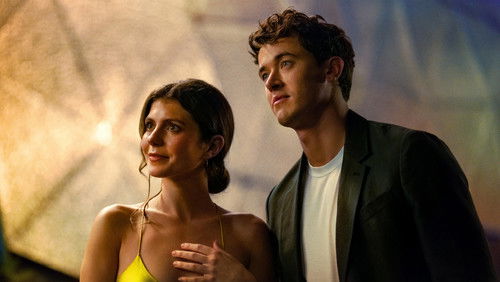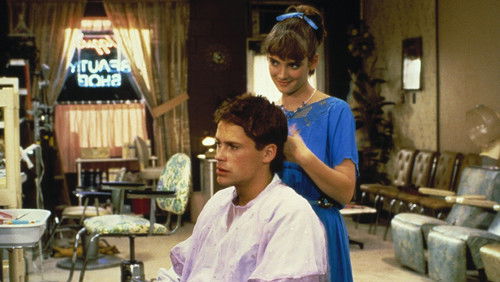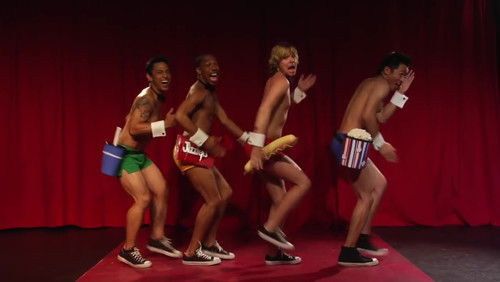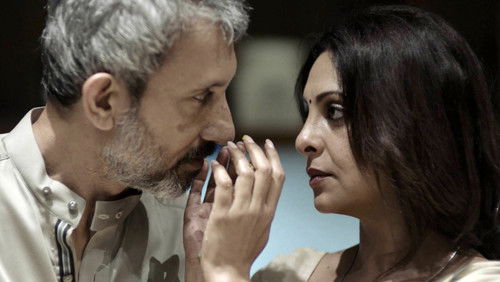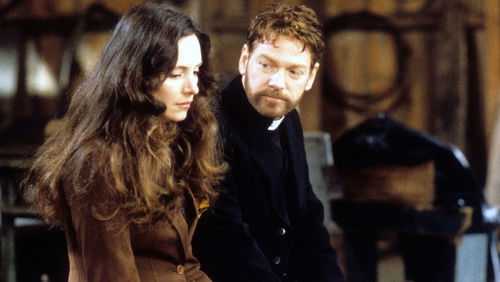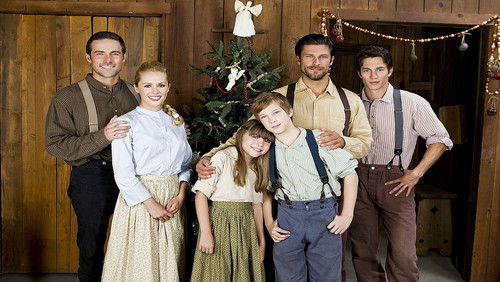Sugar Plum Twist (TV Movie 2021)
9KSugar Plum Twist (TV Movie 2021). Sugar Plum Twist: Directed by Eric Close. With Jesmille Darbouze, Nicolas Dromard, Caroline Duncan, Rashid Helper. After failing to get the coveted role of the Sugar Plum Fairy in this year’s production of The Nutcracker, Vivíana Serrano joins forces with Natalia, to create a surprise reprise of the Dance of the Sugar Plum Fairy…with a Latin twist.
“Considering just how long the trick film genre had been around (having originated in the year 1896) this minute-long u0026#39;magicianu0026#39; film is pitifully outdated. During the first years of the once-popular genre, the audiences had first been astounded by the camera trickery, at how objects and people could appear and disappear out of thin air; as the trick films progressed into the early 1900s, the audiences saw them as pleasant enough diversion pieces compared to the bigger works made by Pathé and Edison; and by 1906 or so, they were becoming a passing fad no one cared to invest in. At least when director Segundo de Chomòn (who was the cinematographer for this short) made trick films to compete with the cinemagician Georges Mélièsu0026#39;s movies, he improved the style by incorporating up-to-date medium closeups, stop-motion animation and pixilation to give them a not so basic feel. None of that is evidenced in this film. u0026quot;Transformations Élastiquesu0026quot;, though made in 1908 (or 1909), feels so basic and short that it seems Méliès (who initiated the genre) could have made this movie a decade earlier.u003cbr/u003eu003cbr/u003eThe one-scene trick film consists of a woman in a bridal costume making a dummy from dismembered body parts she gets from another man–the man apparently played by actor Joaquim Renez. Then, grabbing the clothes of the man on her right (thereu0026#39;s no nudity, the moment she rips off his clothes he turns into a dummy also) she throws them onto the dummy–which is on the left–to bring him to life so that the two roles have been reversed (and vice-versa). This goes on for about a minute, as the caricatures and clothing of the men vary from a chinaman to a soldier to Napoleon, with the dummy alternating from one person to the next. Only at the end, where the woman whips out a flag for some foreign country (probably France), do both dummies wear clothing and live simultaneously.u003cbr/u003eu003cbr/u003eIt has to be said that the fact you see different people from different nationalities makes this slightly interesting. The problem is, the tricks are so old. The transformations are accomplished via substitution splicing (a very old technique that started in 1895 with Alfred Clarku0026#39;s u0026quot;The Execution of Mary Stuartu0026quot;). The concept of dummies coming to life had been thought up a decade or more earlier, with Georges Mélièsu0026#39;s films u0026quot;Pygmalion and Galateau0026quot; and u0026quot;The Adventures of William Tellu0026quot; (both from 1898). At a minute long, the film is too short for a movie of 1908 (or 1909–different sources state different years). It astounds me that Chomòn didnu0026#39;t try to step in and alert Jean Durand to the dated look of the tricks. He, at least, knew what it meant to modernize trick movies.u003cbr/u003eu003cbr/u003eAll this brings me to the conclusion that this film might very well be a misidentified copy of a much, much earlier film possibly directed by Chomòn himself. The picture is grainy and not up to the quality of 1908. Furthermore, the description from the Moving Picture World Synopsis states that the actual u0026quot;Transformations Élastiquesu0026quot; featured a different set-up involving some u0026#39;pretty womenu0026#39; and glasses. Has IMDb uploaded this description for the wrong film? An alternative french title for the film is u0026quot;Les Vêtements Cascadeursu0026quot;, which translates to u0026quot;The Clothing Stuntmenu0026quot;. This corresponds correctly with the action in the film, does it not? In addition, the sudden ending and all-too-short runtime make me think that this movie could be a fragment. Is that possible? Or am I right in stating the short runtime eludes to this movie being from a far earlier year? I have no answers. Either way, this brief film, while certainly watchable and enjoyable enough, seems extremely outdated for such a later year and was probably dismissed due to its primitive level of camera tricks.”
